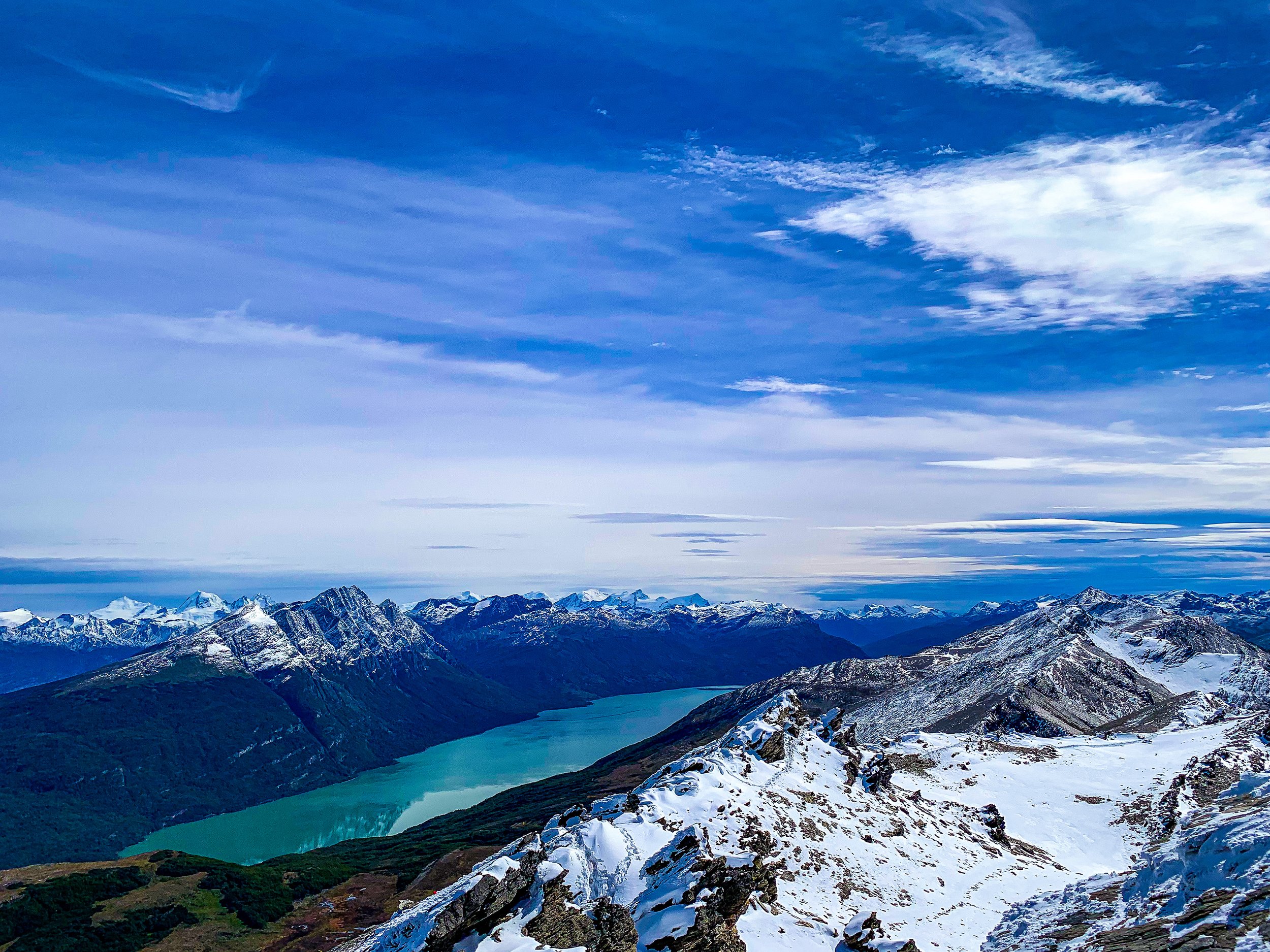Polar Blog Series Part I: The Antarctic
Chapter 1: The Bottom of the World
I'm writing this from the comfortable confines of my own home in Northern California; it was March 2019 when my wife and I visited the Antarctic. But I vividly remember the feeling of the bottom of the world. Embarking on a 16 day journey from Ushuaia, Argentina, we set sail for Antarctica aboard the Ocean Atlantic on March 1st.
Preparing to board the Ocean Atlantic
Tierra del Fuego, or "the land of fire," as Magellan called it, already feels like the world's end. You somehow know when you're on the edge of a continent. The tip of South America is especially remote, with the small town of Ushuaia (~57,000 people) surrounded by undeveloped and protected land. You know you're leaving the last bastion of civilization, toward hundreds of miles of volatile, open ocean. The Drake Passage is notorious for rough seas, and you face its crossing with some trepidation for what may come. The bottom of the world intangibly instills a self reliance, a heightened awareness of survival. You understand the unknowable lies ahead, and you're compelled to muster some courage.
The ever-present backdrop of mountains in Ushuaia
Now we weren't Shackleton's crew drifting towards the white continent. The 130 or so passengers, mostly Chinese citizens from a tour group that didn't fill up, were being shepherded by about 50 well-trained, experienced crew members. But the company, Albatros Expeditions, was adamant upon our booking: this was an expedition, not a cruise. We were guaranteed nothing, emergencies can happen, and danger is real. While we hoped to set foot on the Antarctic peninsula and see penguins, seals, and whales, nothing was given. The weather turns quickly at the bottom of the world, and safety was always the first priority. The slightest uptick in wind, any small gust, while normally unnoticeable, heightened our every nerve. I had never been on a ship for so long before. There was a mixture of emotions: excitement, nervousness, anxiety, joy. We were going on a true adventure!
The view from the top deck of the ship
We boarded our ship in the late afternoon in the port in Ushuaia. After checking in and some safety briefings, it was time to set off. Clambering up to the top deck to ensure a good view, we bid farewell to South America as we pushed off. It felt surreal to know we wouldn't return to land for more than two weeks. The Ocean Atlantic would be our vessel and home.
Sailing through the Beagle Channel
The journey through the Beagle Channel is breathtaking. High mountains arise on either side as you navigate the long, narrow strait toward the Southern Ocean. You pass the last of three large islands, Isla Nueva, and begin the long journey south. The Drake Passage can take up to 48 hours to cross and can resemble the Drake Lake...or the Drake Shake. We were lucky to experience the former, and arrived at the peninsula after only a day and a half. Our boat was alone as we approached the continent. It's impossible to describe the remoteness. It feels as though you have reached the end of the Earth. And it's a whole new world.





